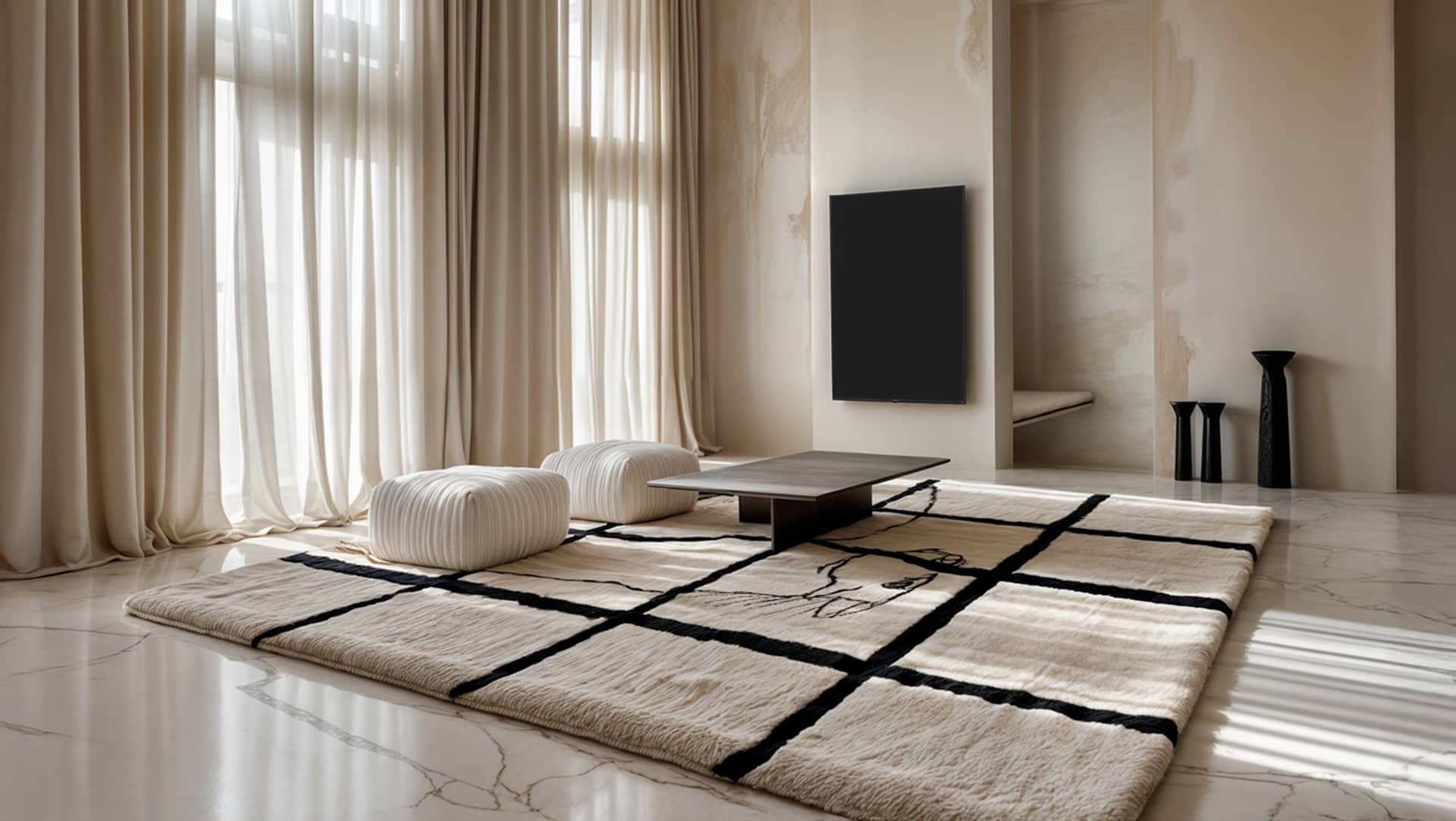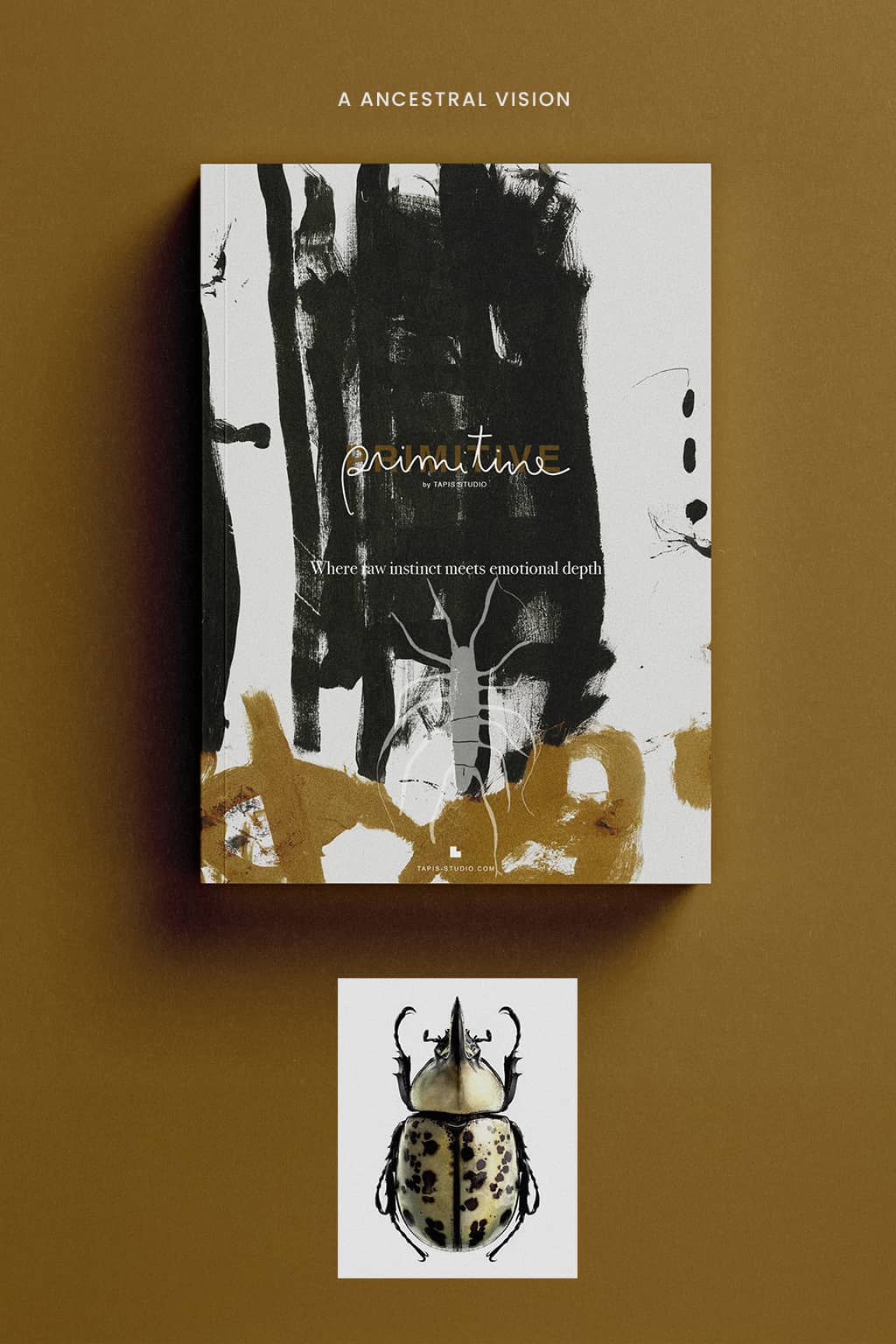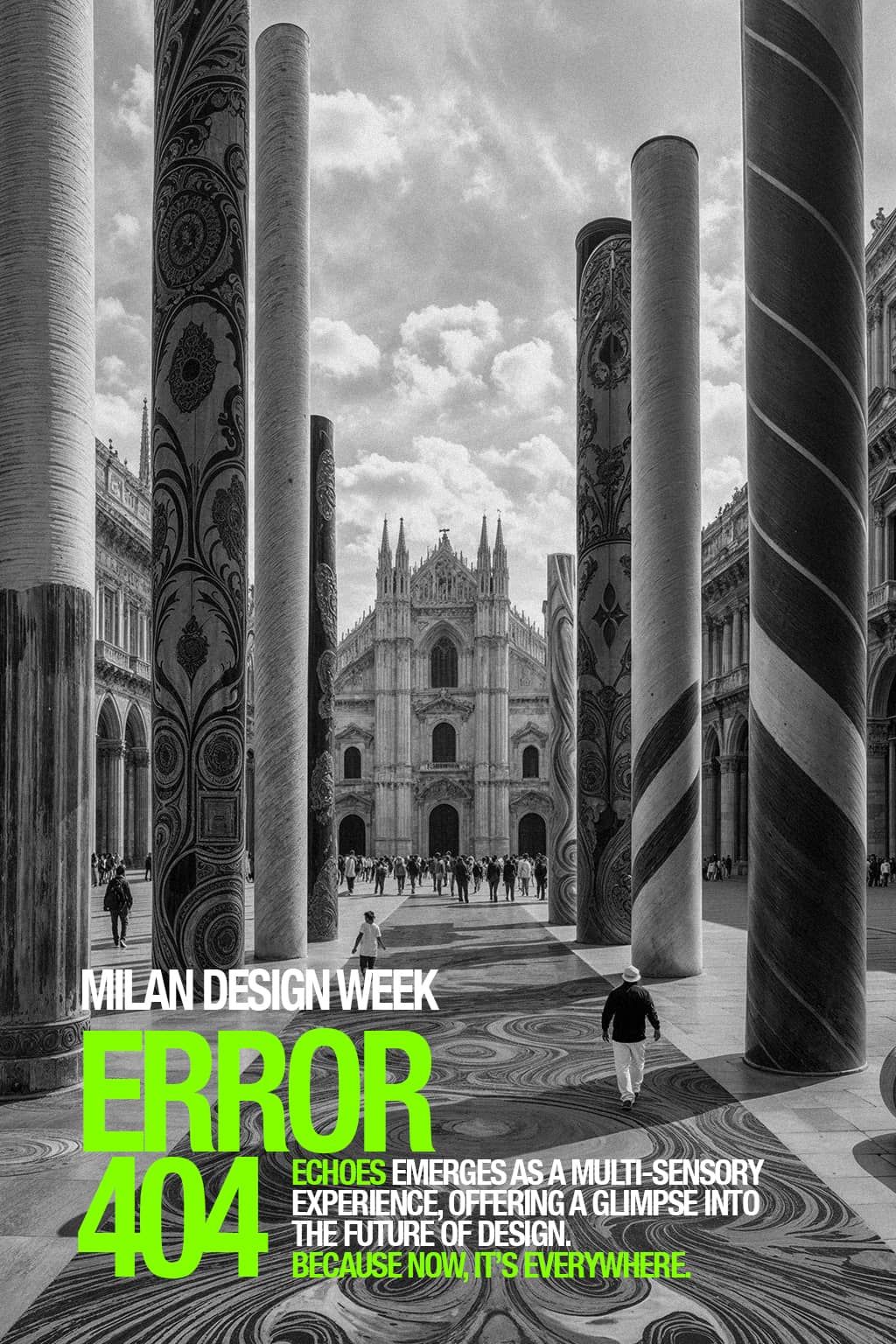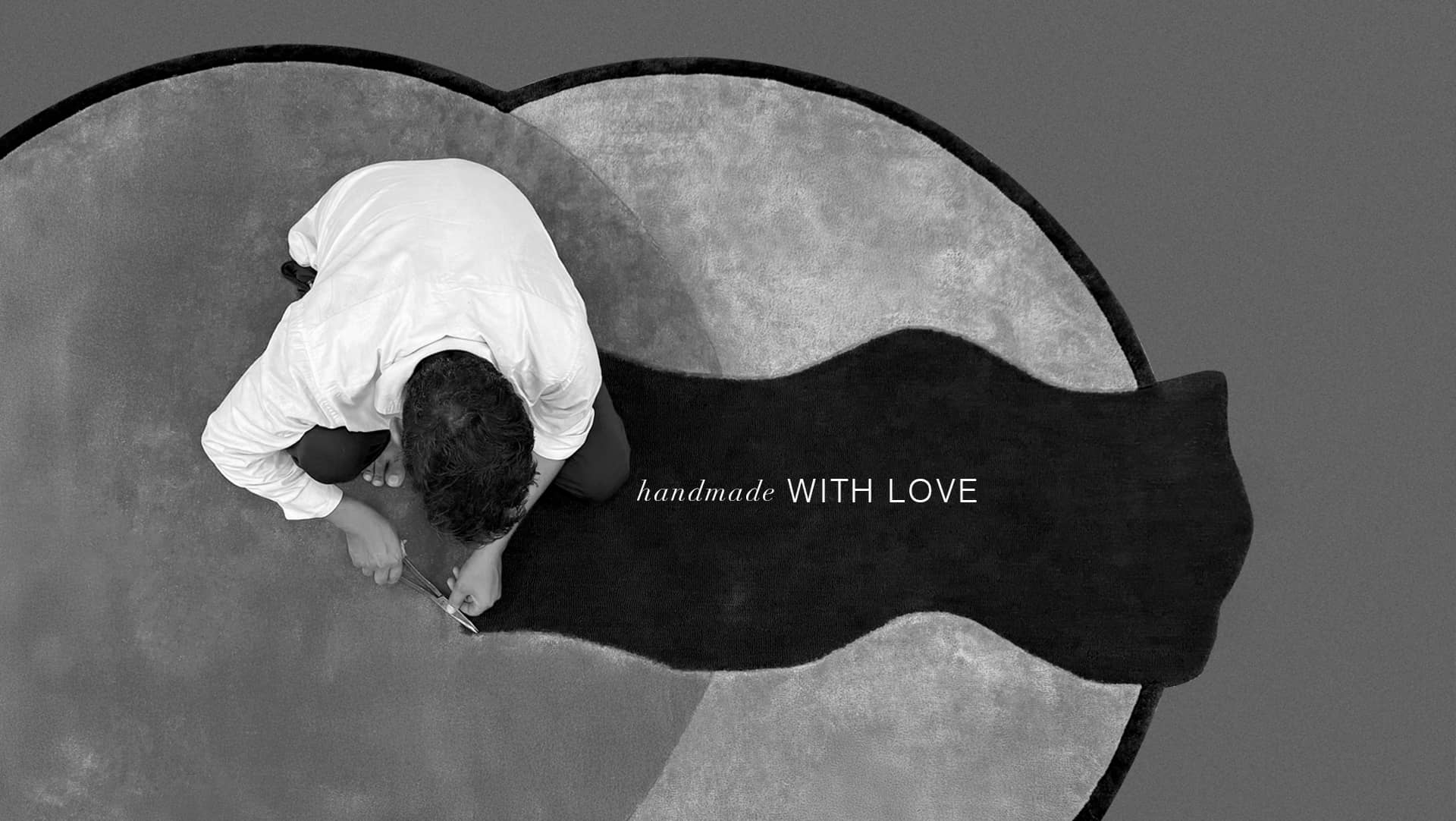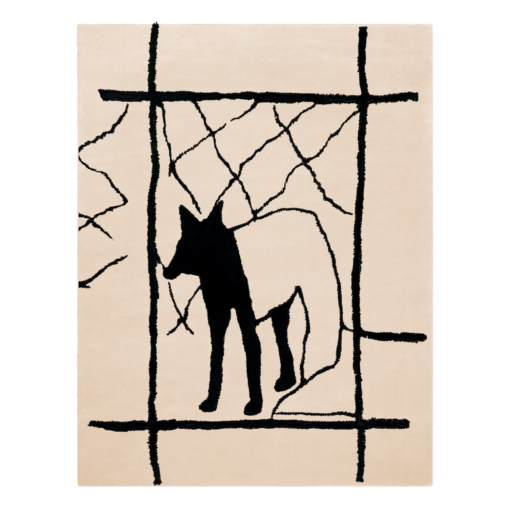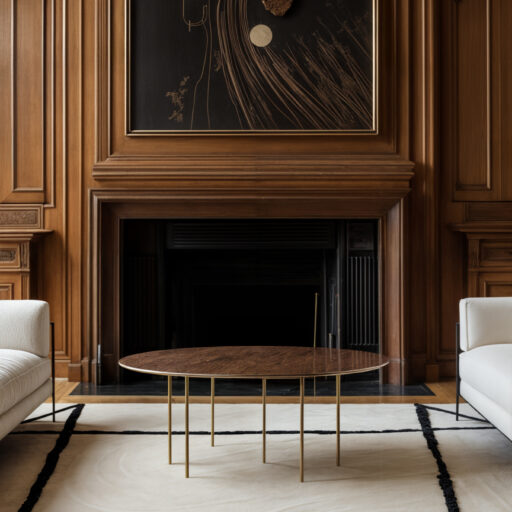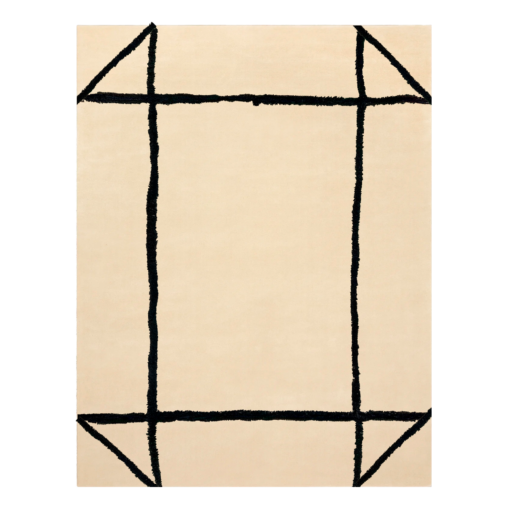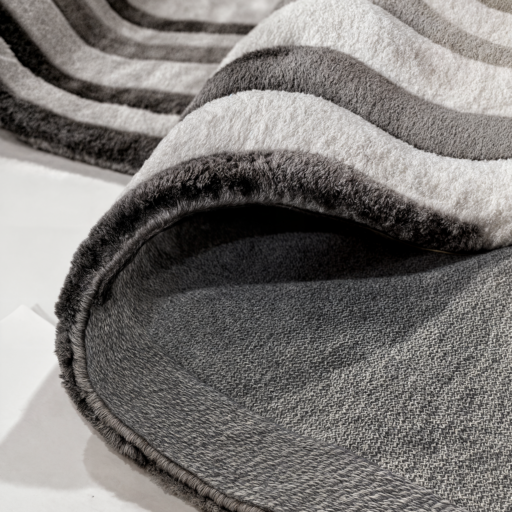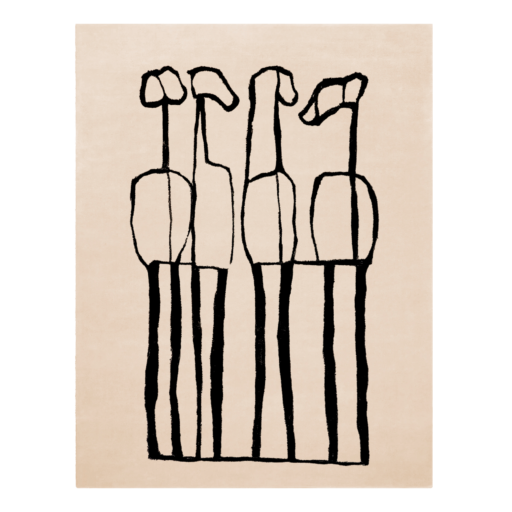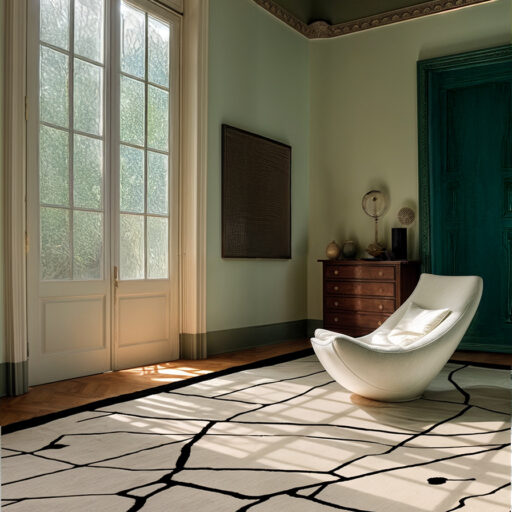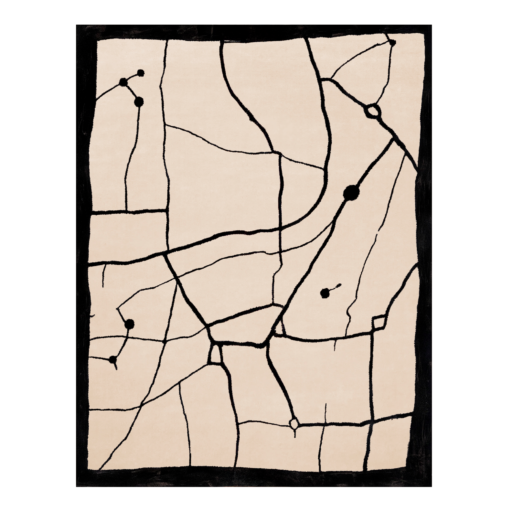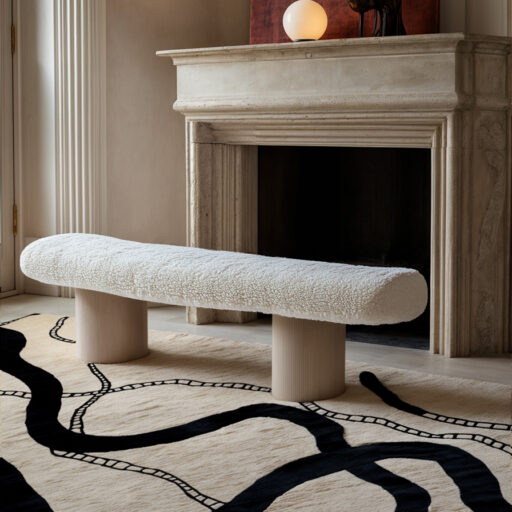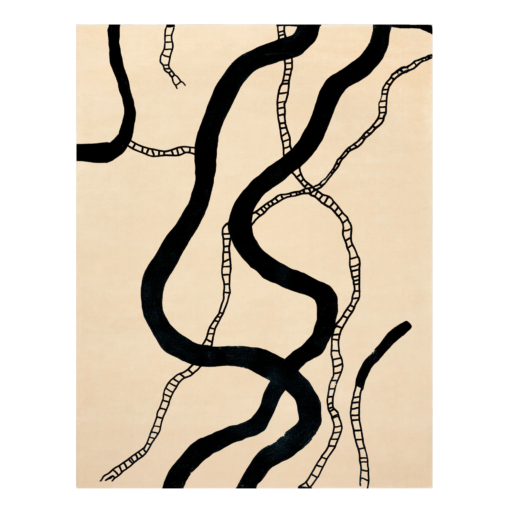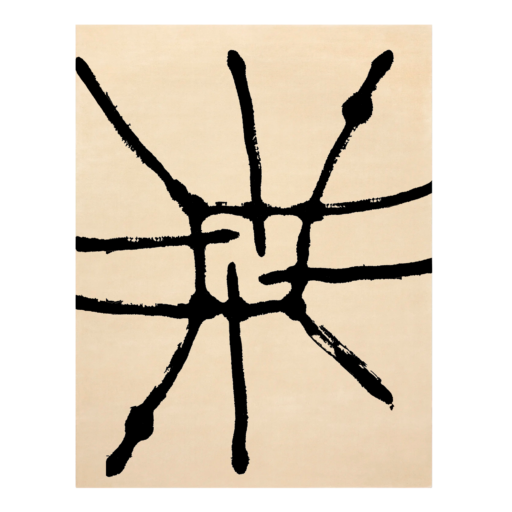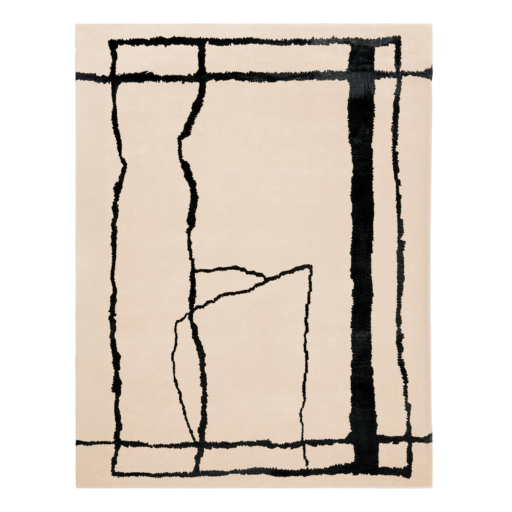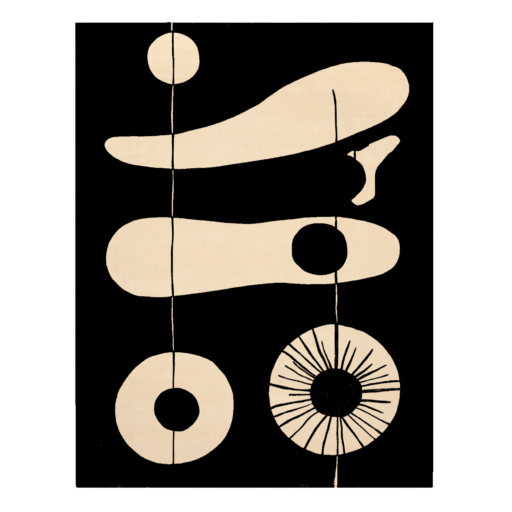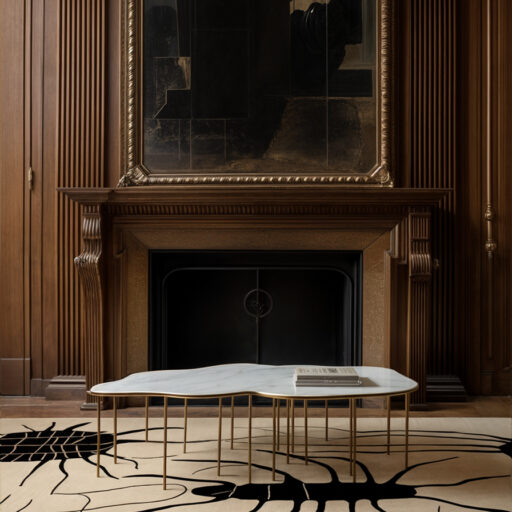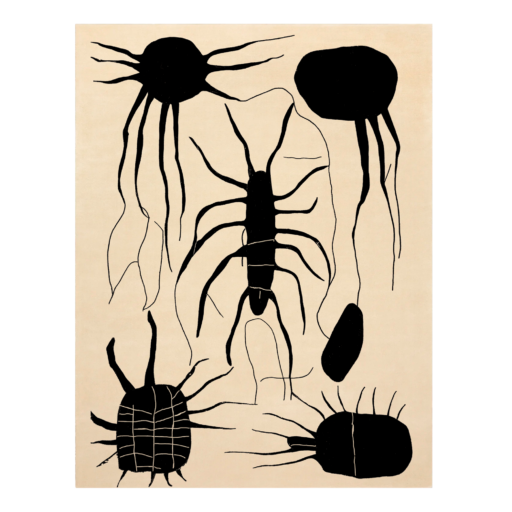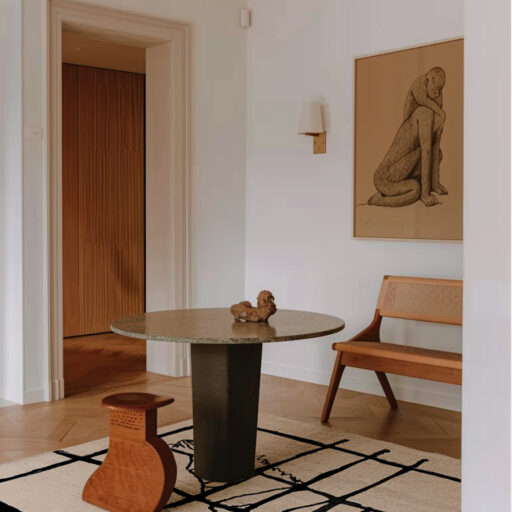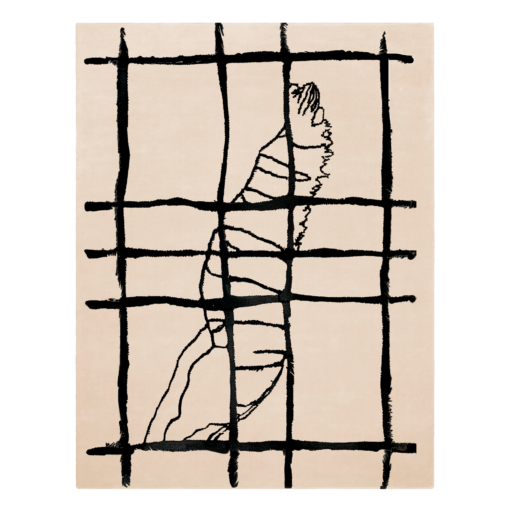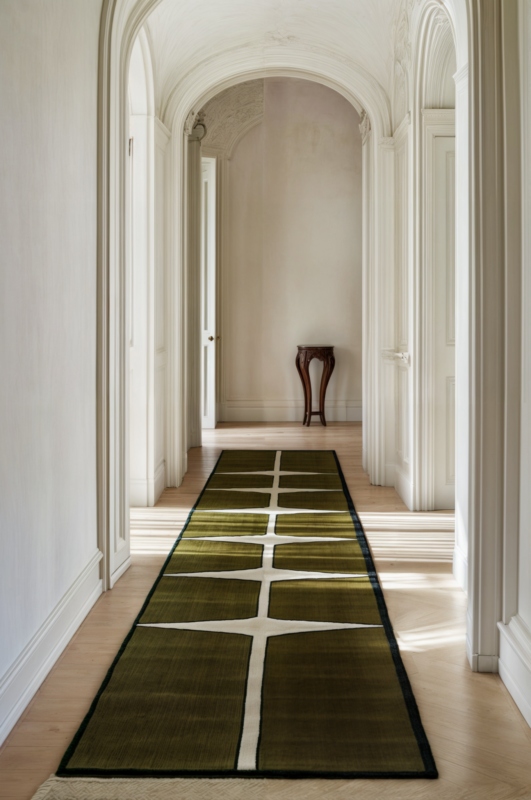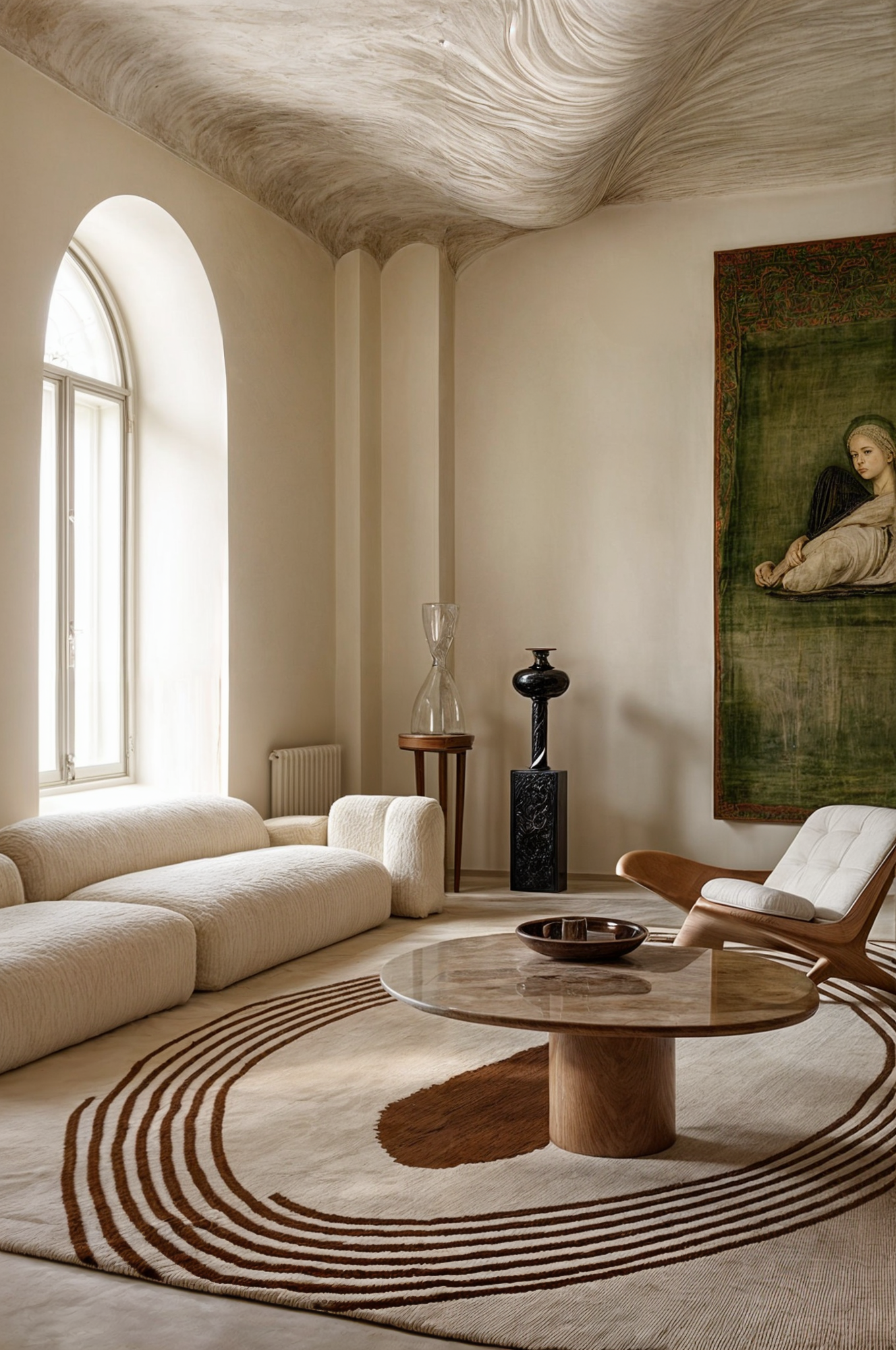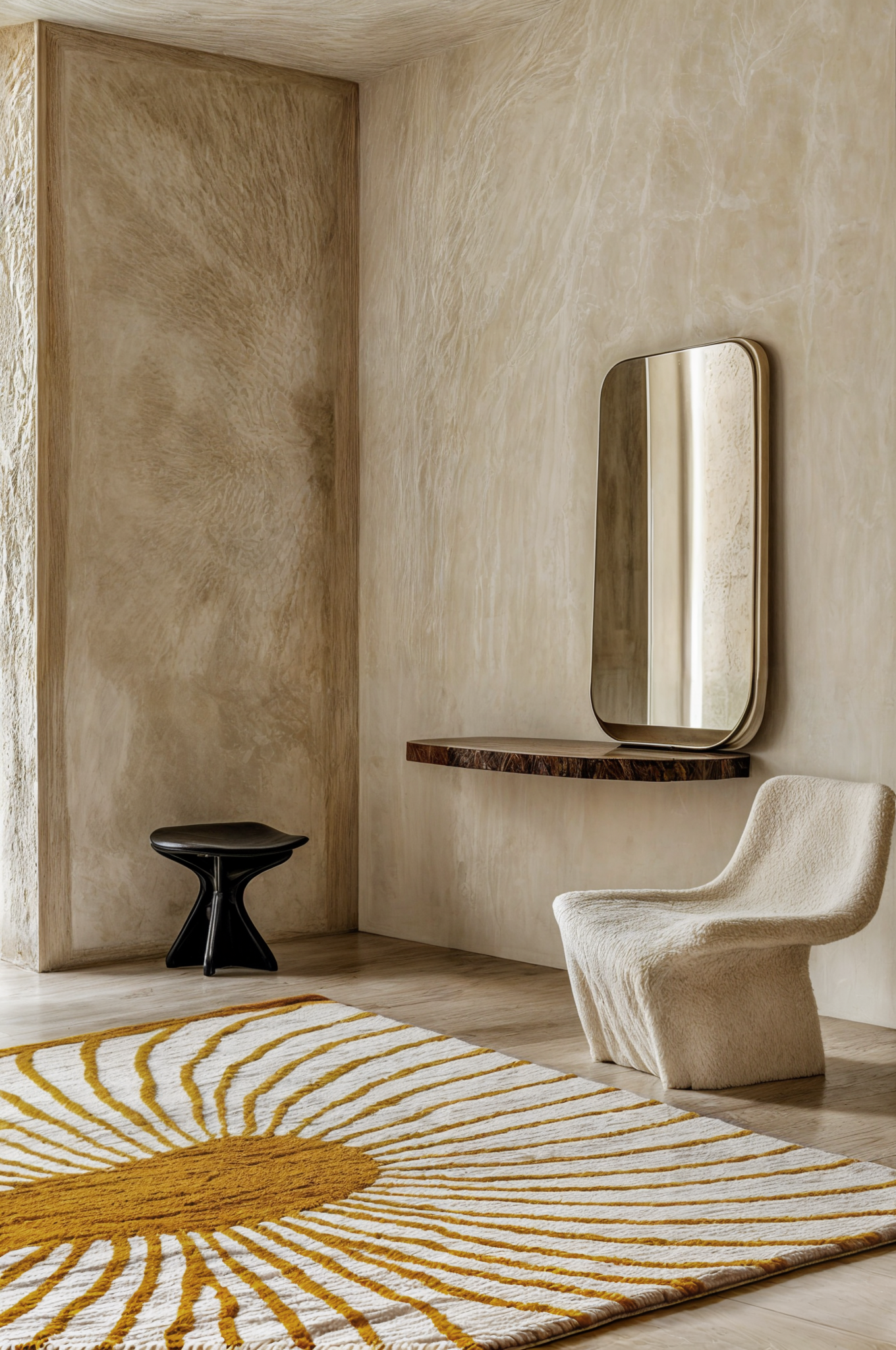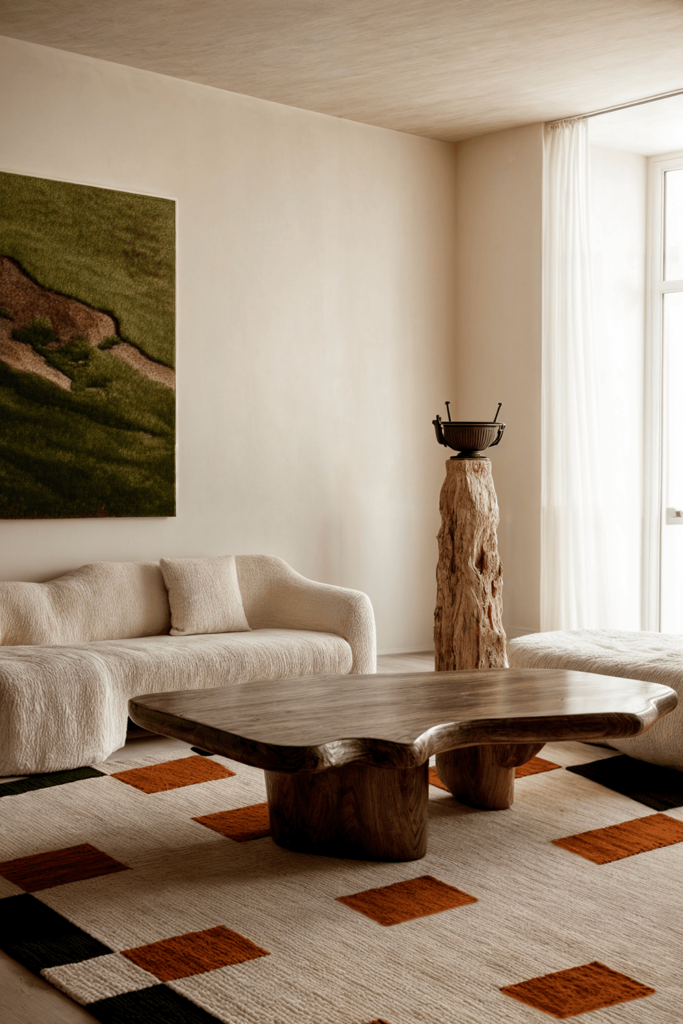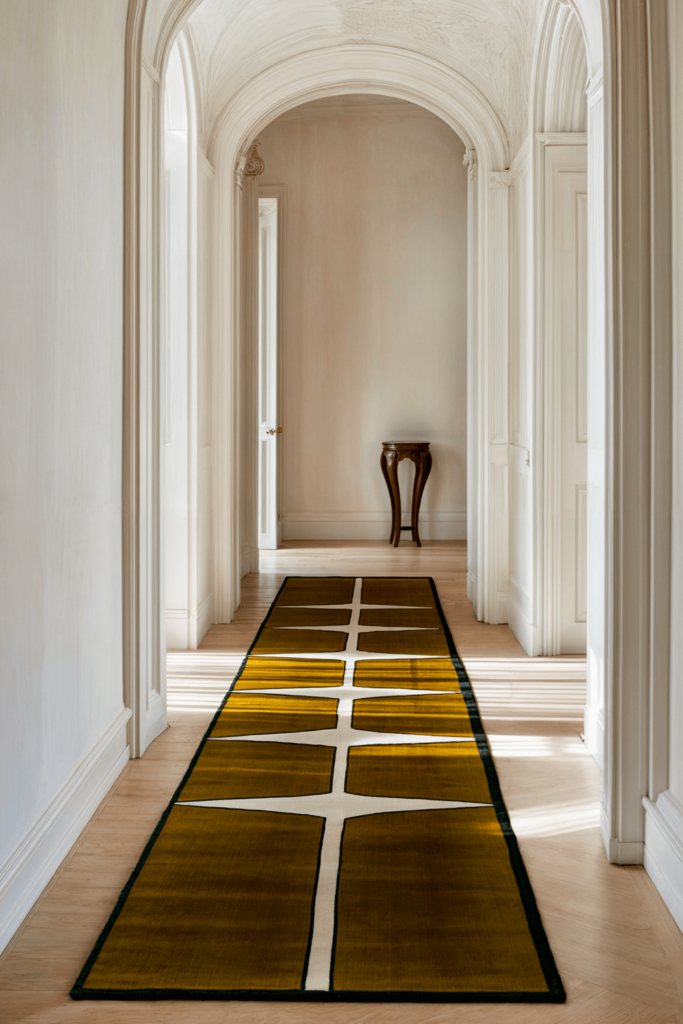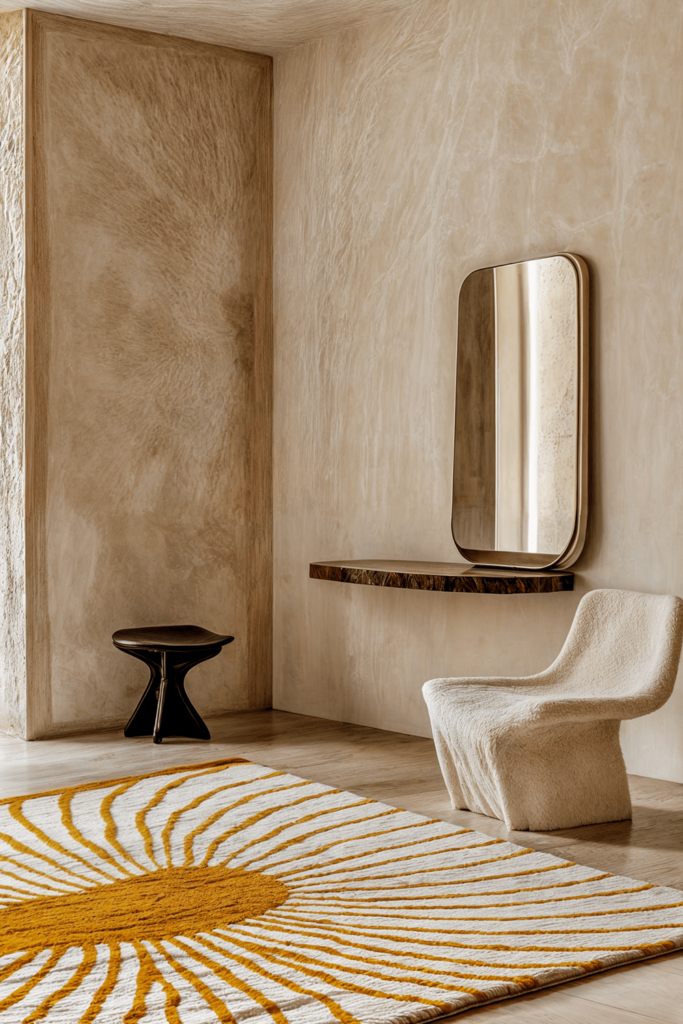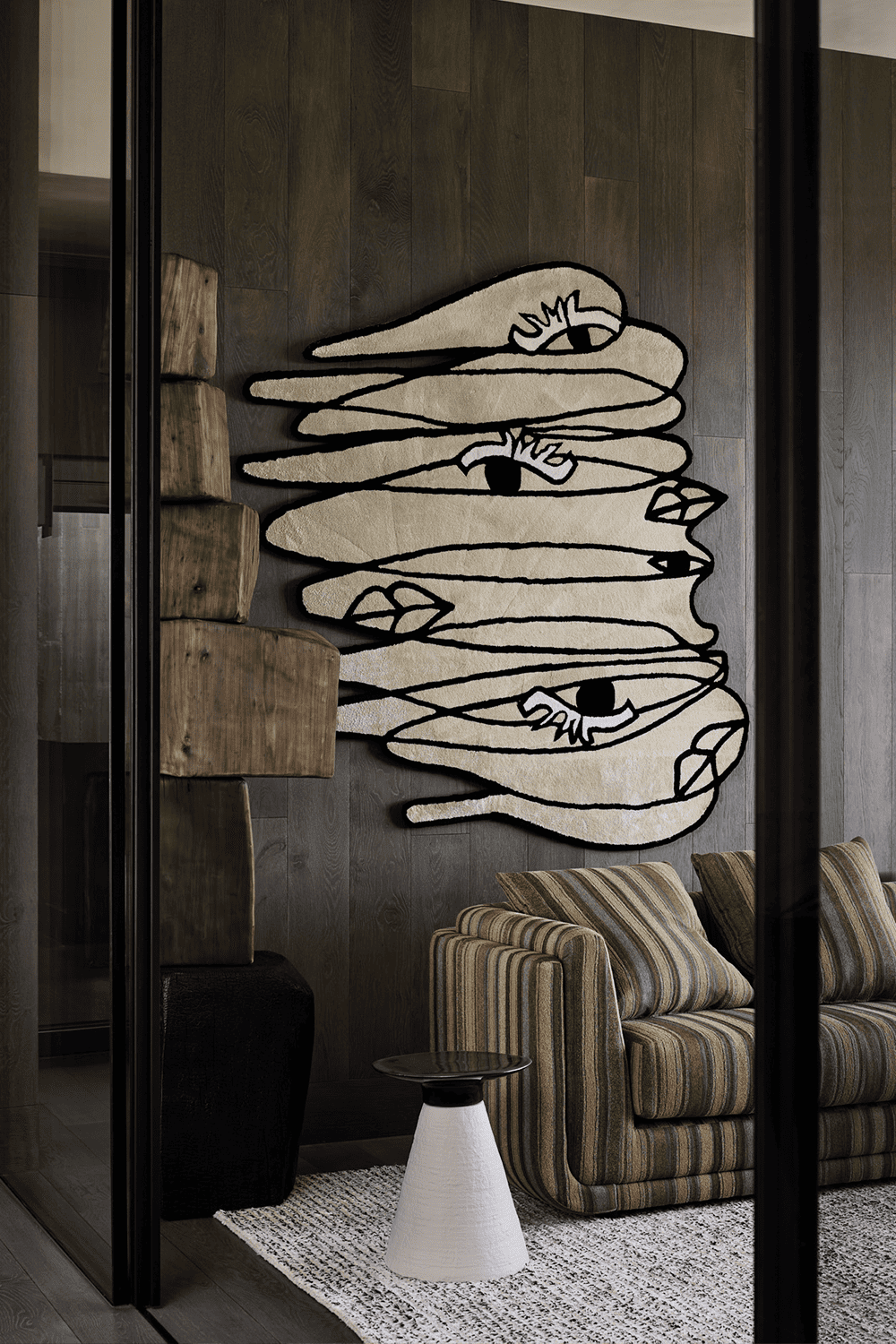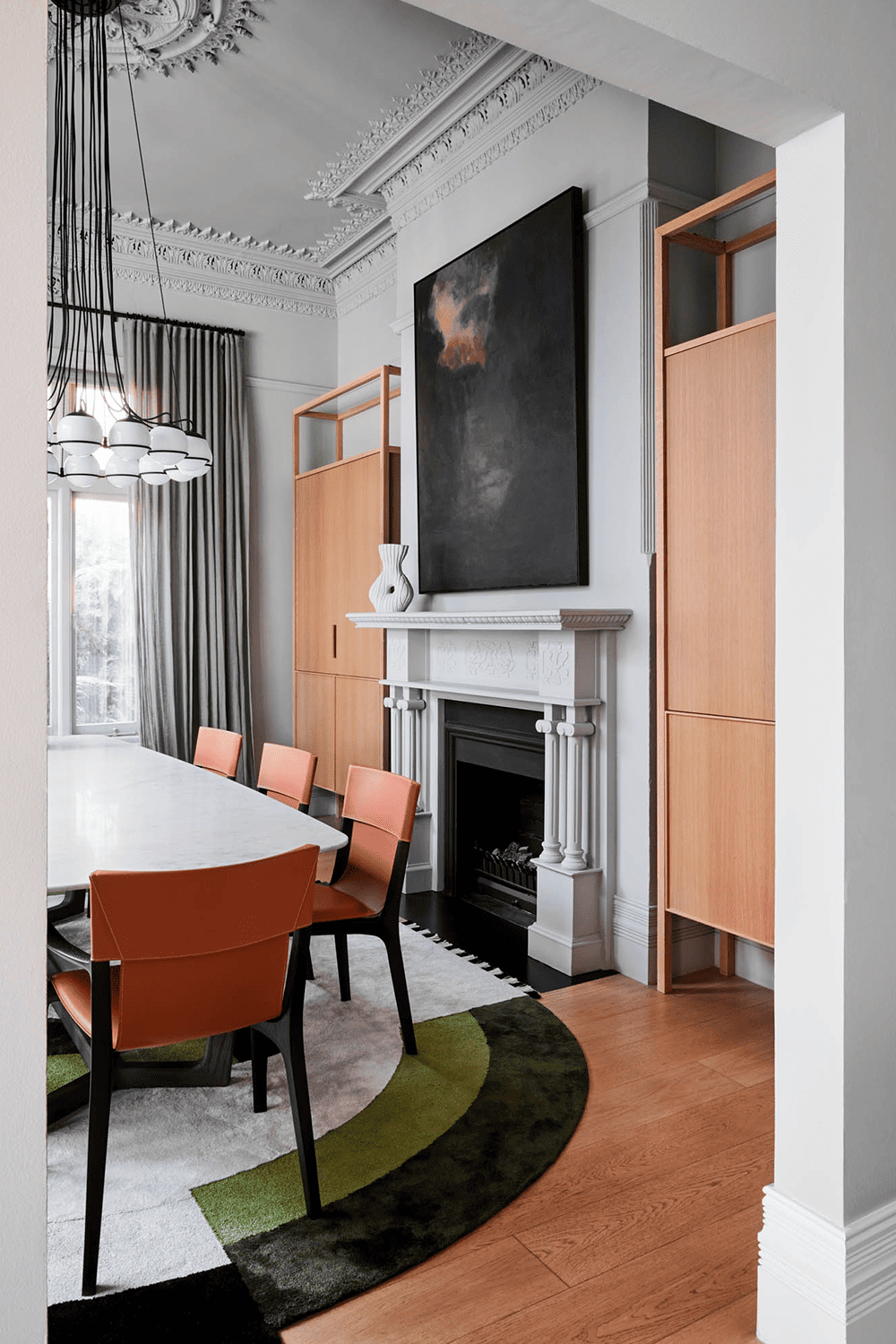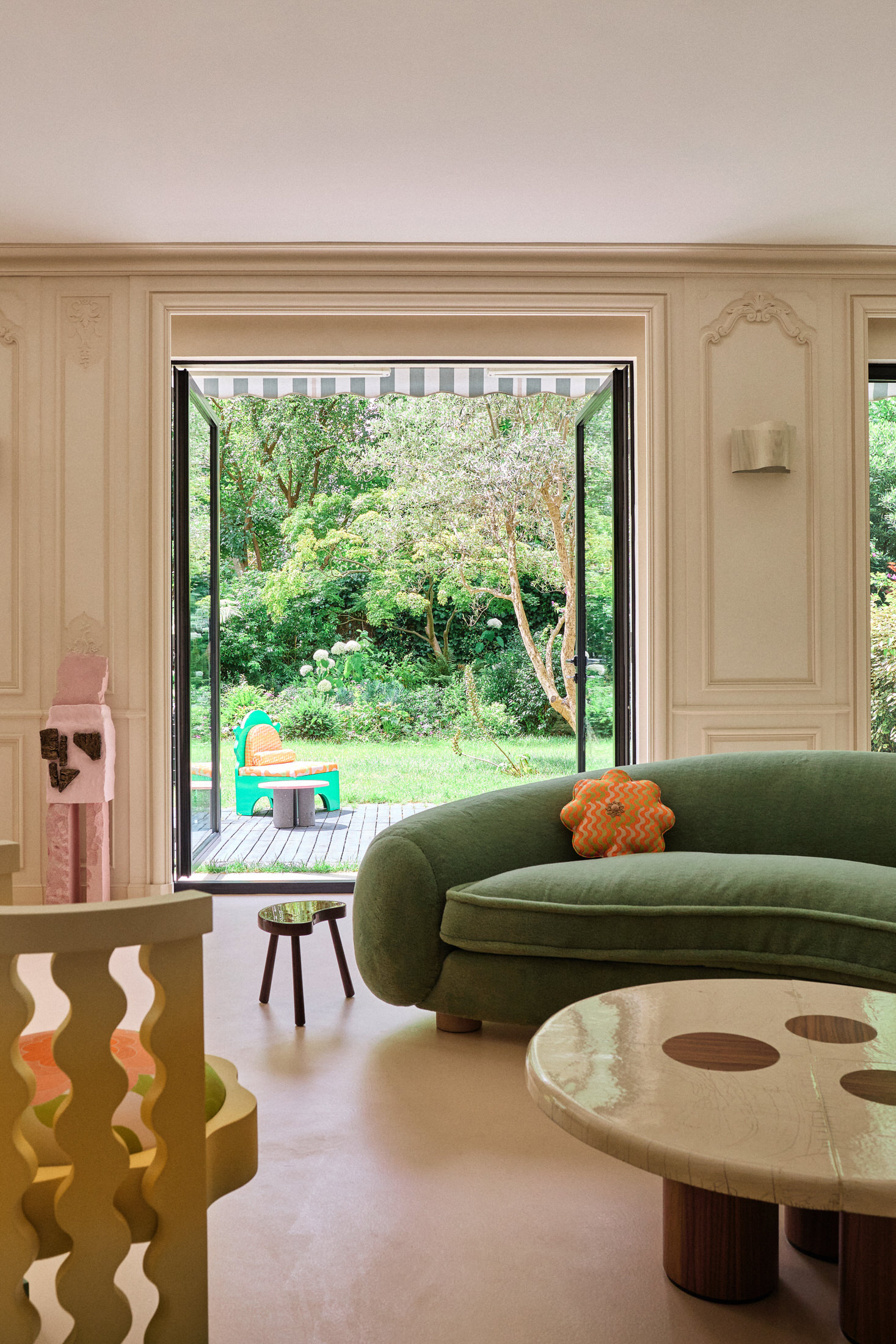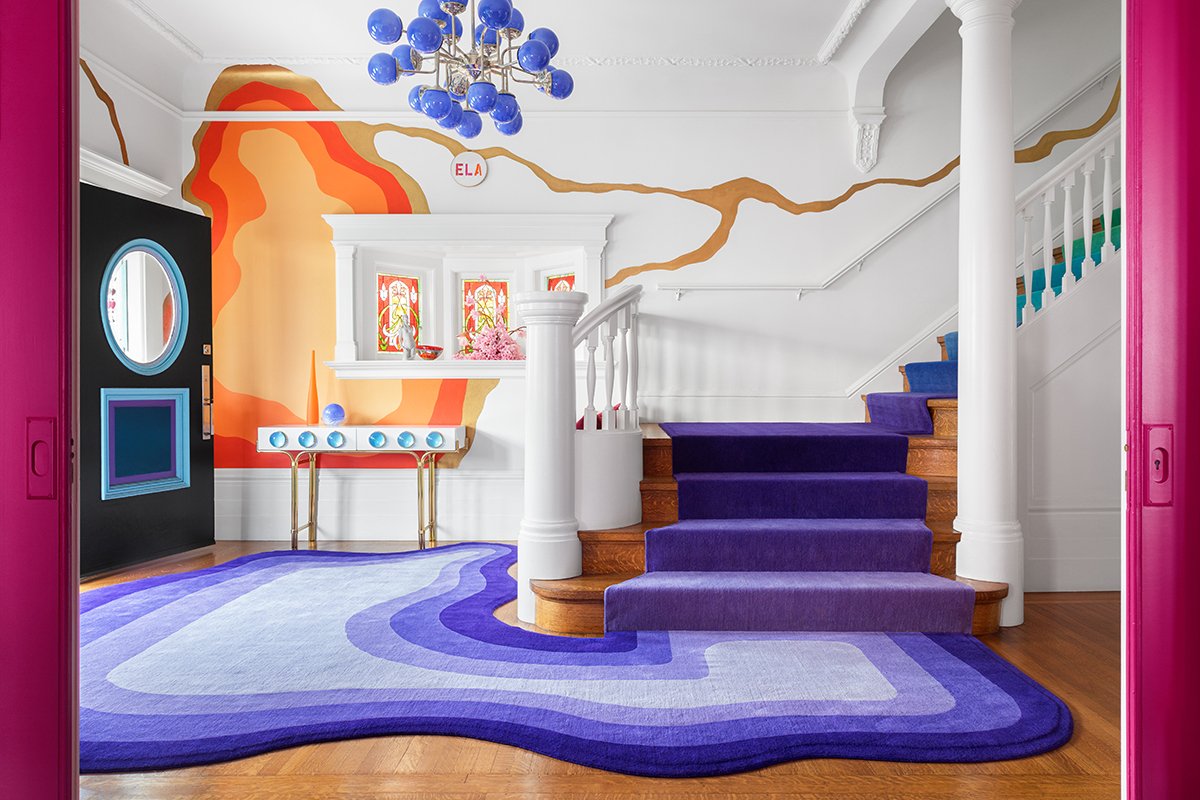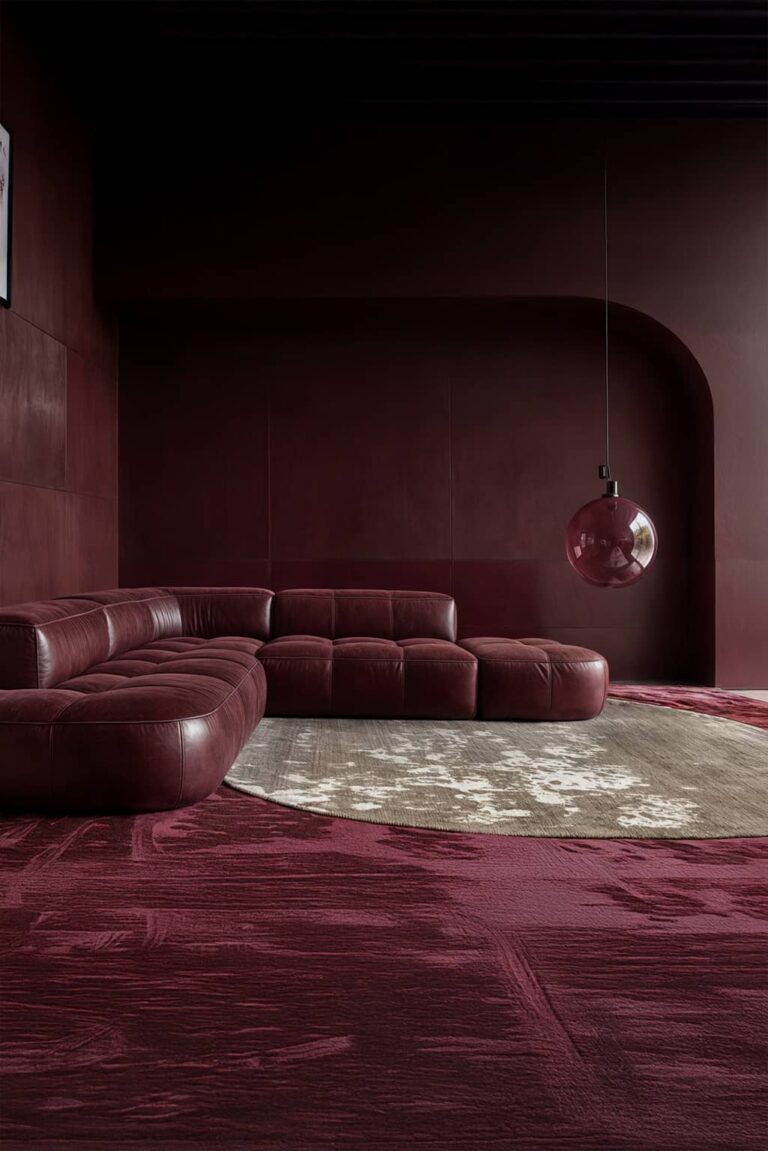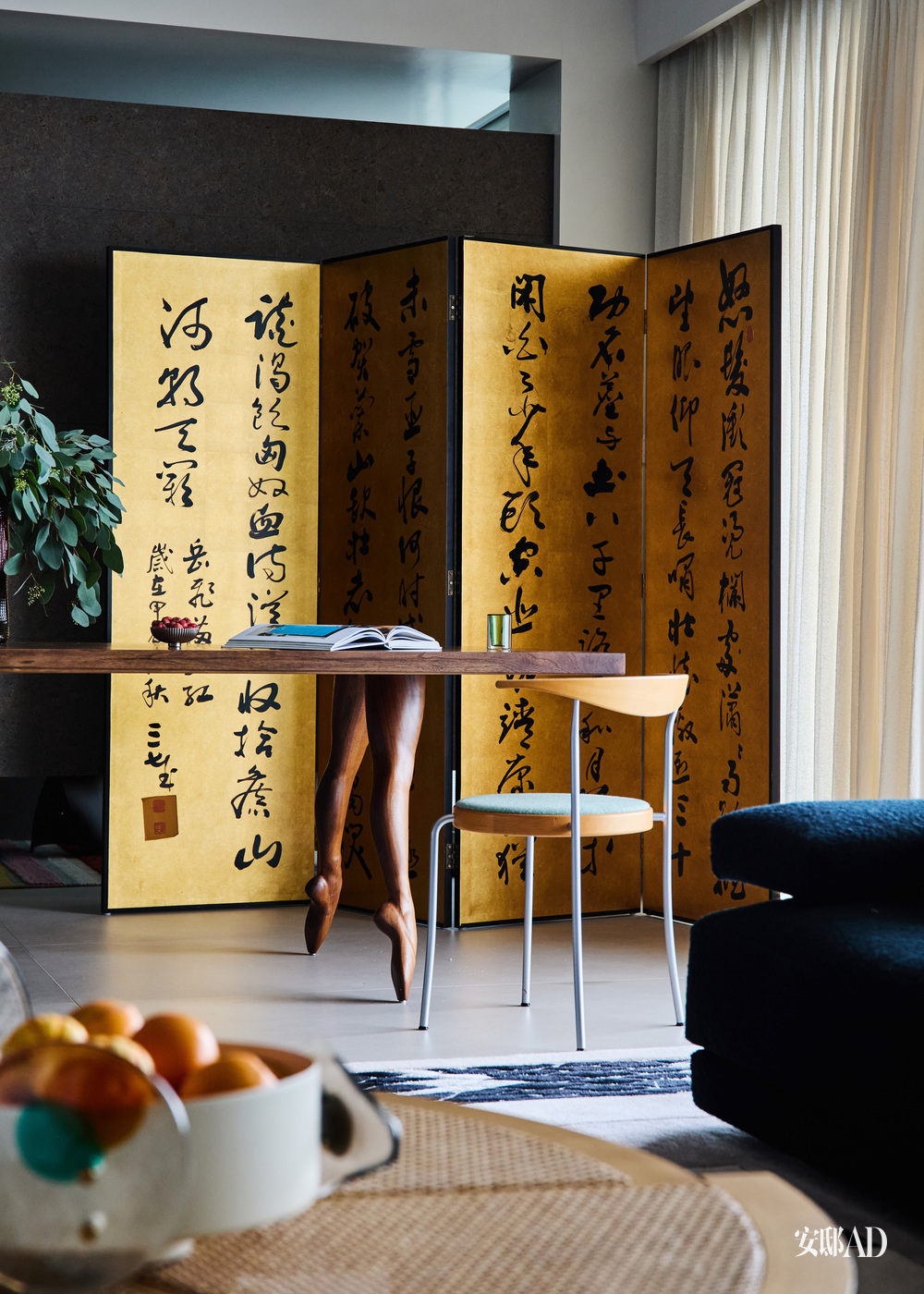
Minimalist Interior Design Meets Texture, Color, and Calm
The Art of Calm: Designing Minimalist Interiors with Depth This project is a thoughtfully designed apartment located in Beijing, spanning approximately 240 square meters. Commissioned by a woman passionate about adventure and nature. The primary requirement was to create a home that embraces minimalist interior design while reflecting a natural, free-spirited lifestyle. The goal was to transform a traditional segmented layout into a flowing, open space that maximizes light, texture, and calm. Emphasizing natural materials, tactile surfaces, and a restrained color palette, the design redefines each living zone—from the living room to the bathroom—as a harmonious blend of simplicity and warmth, ideally suited to the client’s desire for a home that feels both functional and serene. Living Room: Texture Defines the Space Texture takes center stage in the living room, where a black-and-white snake-patterned rug anchors the space, offering depth and visual contrast without overwhelming the minimalist interior design. The rug subtly defines the seating area, working in harmony with neutral-toned Liaigre and Cassina LC2 sofas and an Akari paper lamp that casts a soft, ambient glow. Handcrafted wooden pillars, reminiscent of Eastern totems, introduce cultural symbolism to the modern space. At the same time, cork wall paneling extends from the entrance into the living area, adding warmth and tactile richness. The overall palette leans into earthy tones, reinforcing the calm, grounded aesthetic. A sculptural desk with carved wooden legs adds a playful, human touch, set against a gold folding screen adorned with Chinese calligraphy. This striking vignette showcases how minimalism and bold design elements—utilizing organic shapes and expressive materials—can coexist seamlessly. Dining Area: Natural Materials in Dialogue Moving into the dining area, the minimalist interior design spirit continues, with a focus on natural materials and clean lines.The dining area centers around a sculptural travertine table, creating an elegant yet grounded focal point. Surrounding it are spindle-back chairs crafted from oiled oak, highlighting fine craftsmanship and understated simplicity. The natural textures and materials come together seamlessly, emphasizing the interior design’s balance of form and function. Kitchen: Minimalism Meets Functionality The kitchen exemplifies the ethos of minimalist interior design through its streamlined surfaces and understated color palette. Matte travertine countertops offer both durability and a subtle texture, while the backsplash is composed of hand-cut stone tiles arranged in a precise grid, adding a quiet rhythm. The cabinetry is handleless and flush, painted in muted stone hues to blend seamlessly with the walls. The flooring extends naturally from the dining and living areas, offering a soft underfoot experience and reinforcing visual continuity throughout the home. The kitchen embodies quiet efficiency, allowing the natural beauty of materials and the thoughtful layout to shine. Bedroom: A Retreat of Soft Layers The bedroom embraces minimalist interior design through a thoughtful play of textures and natural tones. A geometric rug grounds the space, while the bed is layered with a richly woven blanket and tactile pillows that invite rest. Soft, linen curtains frame the expansive window, diffusing natural light and adding to the room’s serene atmosphere. A sculptural chaise longue in cowhide adds an organic element, balancing elegance with comfort and offering a quiet spot for reflection. Bathroom: A Spa-Like Sanctuary The bathroom reflects the essence of minimalist interior design, where clarity, light, and subtle texture create a tranquil retreat. Clean-lined white cabinetry and a seamless glass shower enclosure maintain visual openness, while soft Roman shades filter in daylight with gentle elegance. A large frameless mirror enhances the airy atmosphere, echoing the calm, clutter-free aesthetic that defines minimalist spaces. A mustard-toned rug adds warmth and tactile interest, grounding the cool palette with an organic accent. A whimsical, sculptural stool covered in faux fur and plush bear forms introduces a soft contrast. This unexpected yet harmonious addition speaks to the expressive side of the design. Paired with delicate touches, such as a single orchid in a golden vase, the space feels composed, serene, and deeply personal. The Role of Texture and Color in Minimalist Interior Design Throughout the home, minimalist interior design is elevated by a thoughtful dialogue between texture and color. The colors are consistently muted, ranging from creamy whites and soft browns to subtle touches of moss and clay. This palette serves as a calming backdrop, allowing textures to take center stage. Textures vary from smooth travertine and polished bronze to rough cork, woven fibers, and raw wood grains. Rugs play an essential role not only in providing comfort but also as visual anchors that define each zone. They also create subtle transitions between spaces without erecting walls, preserving the home’s flow and openness. Minimalism as a Way of Life This apartment is a stunning example of how minimalist interior design can marry natural materials, texture, and a muted color palette to create a home that is both calming and intensely tactile. Through thoughtful choices in rugs, furniture, and finishes, the space achieves a harmonious balance of simplicity and richness. From the living room‘s snake-pattern rug and cork walls to the kitchen’s travertine counters and the bedroom‘s layered textiles, every detail reflects a profound respect for nature and craft. This home isn’t just a place to live—it’s a serene retreat where minimalism meets life’s textures and colors in perfect calm. Sculptural Rugs: Where Minimalist Interior Design Meets Organic Expression In the world of minimalist interior design, rugs play a vital role—not just as functional floor coverings but as sculptural elements that introduce warmth, texture, and a subtle sense of movement. Thoughtfully curated rugs with organic shapes and subdued tones can bring a tactile richness to a space without overwhelming its serene aesthetic. Whether it’s a muted geometric design or a soft, undulating silhouette, a minimalist rug becomes a grounding force—enhancing the room‘s flow and creating gentle boundaries without disrupting the harmony. In the interior design, such pieces are not mere decor; they are expressions of balance, movement, and quiet sophistication. Explore the collection to discover how a well-crafted rug can not only define a room but also transform it—bringing minimalist spaces to life through
